The Battle of Fallen Timbers
In March 1792, following St. Clair’s debacle at the Battle of the Wabash, a reluctant Congress agreed to President George Washington’s request to create a force suitable to finally conquer the Northwest Territory. The result was a 5,000-man force called the Legion of the United States, the forerunner of the United States Army. Its creation represented a seismic change for many Americans as the Legion moved the defense of the country from the militia to a standing army.
President Washington selected General Anthony Wayne, a trusted officer from the American Revolution, to lead the Legion. As events would prove, Washington had finally found the right man to secure this frontier area. Wayne, whose family had emigrated from Ireland in the early 1700s and settled in southeastern Pennsylvania, came from a long line of military men. His grandfather had fought for King William at the Battle of the Boyne in 1690 and his father had been a Captain in the French and Indian War.
Proceeding promptly to Pittsburgh, Wayne established his headquarters at a spot outside the town that came to be dubbed Legionville and began to build his army. Under Wayne’s guidance, Legionville became the first basic training camp in the United States. The men were strenuously drilled on the use of the bayonet, conducted hand to hand combat, and held mock battles. Wayne established both artillery and rifle ranges, and the officers learned how to lead soldiers in the field. Discipline was harsh, but it transformed the raw recruits into a cohesive unit and that toughness would pay dividends in the upcoming campaign.
On April 30, 1793, Wayne led the largest flotilla of military barges ever assembled on the Ohio River downriver from Pittsburgh to Fort Washington (modern-day Cincinnati) in preparation for the planned invasion. However, President Washington still hoped to avoid war with the Indians and, in August, sent Benjamin Lincoln, Timothy Pickering, and Beverly Randolph to make one final attempt at finding a peaceful solution.
"Portrait of Major General Anthony Wayne (1745-1796)." Philadelphia Museum of Art.
The Native Americans insisted to the commissioners that all settlers north of the Ohio be relocated south of the river, future settlement in the Northwest Territory be banned, and all existing forts be destroyed. The Americans demanded that the Indians adhere to the terms of the Treaties of Fort McIntosh and Fort Harmar and leave the Ohio Country. These terms found no common ground, and after two weeks of fruitless discussions the American delegation headed for home and informed Wayne that he could proceed on his mission.
Wayne moved the Legion from Fort Washington on October 7, 1793, and erected Fort Greene Ville, the largest wooden fort in North America and named in honor of Nathanael Greene, about ninety miles north of the Ohio River. With winter fast approaching and supply issues mounting, Wayne halted operations and went into quarters but continued his training regimen to keep the men sharp. He also sent a detachment of eight infantry companies and an artillery unit to the site of St. Clair’s defeat and there, in late December 1793 and in the face of the enemy, constructed a post he named Fort Recovery.
As the British and their Indian allies prepared for the coming onslaught, Sir Guy Carleton, Governor of British North America, sent a unit to construct a fort, named Fort Miami, at the rapids of the Maumee River to encourage the Northwestern Confederacy to resist the Americans. But time would tell that this was all for show as talks were underway in London between American and British officials to improve trade relations between the two countries, eventually resulting in the Jay Treaty.
In late July 1794, General Wayne began his final thrust into the Indian’s heartland, searching for the large Native American force he knew awaited him. On August 20, shortly after 10:00am, his lead element of mounted Kentucky volunteers found them in a dense wooded area of downed trees known as the Wilderness, roughly five miles from the British Fort Miami.
Wayne’s army was attacked by approximately 700 warriors led by the Shawnee chief Blue Jacket, but the Legion held strong and, in little more than an hour, routed Blue Jacket’s force in the Battle of Fallen Timbers. As the Indians left the field many headed for the safety of Fort Miami, but the garrison commander, Major William Campbell, ordered the gates closed and refused to admit any warriors. Neither Campbell nor any other British official was willing to start a war with the United States over Indian lands.
Although their casualties were relatively light (both sides lost about 100 men), Campbell’s act sent a clear message to the Indians that they could not count on the British. Realizing further resistance was futile without British food and military supplies, Blue Jacket and the other leading chiefs sued for peace and the Northwestern Confederacy that had held the tribes together since 1783 dissolved.
This victory marked the end of the Northwest Indian War and led to the Treaty of Greenville, signed on August 3, 1795. That agreement secured all but the northwest corner of the present state of Ohio for the United States and provided a needed respite from the terrible bloodshed, but most knew it was a temporary measure at best.
Next week, we will discuss Washington’s Farewell Address. Until then, may your motto be “Ducit Amor Patriae,” love of country leads me.


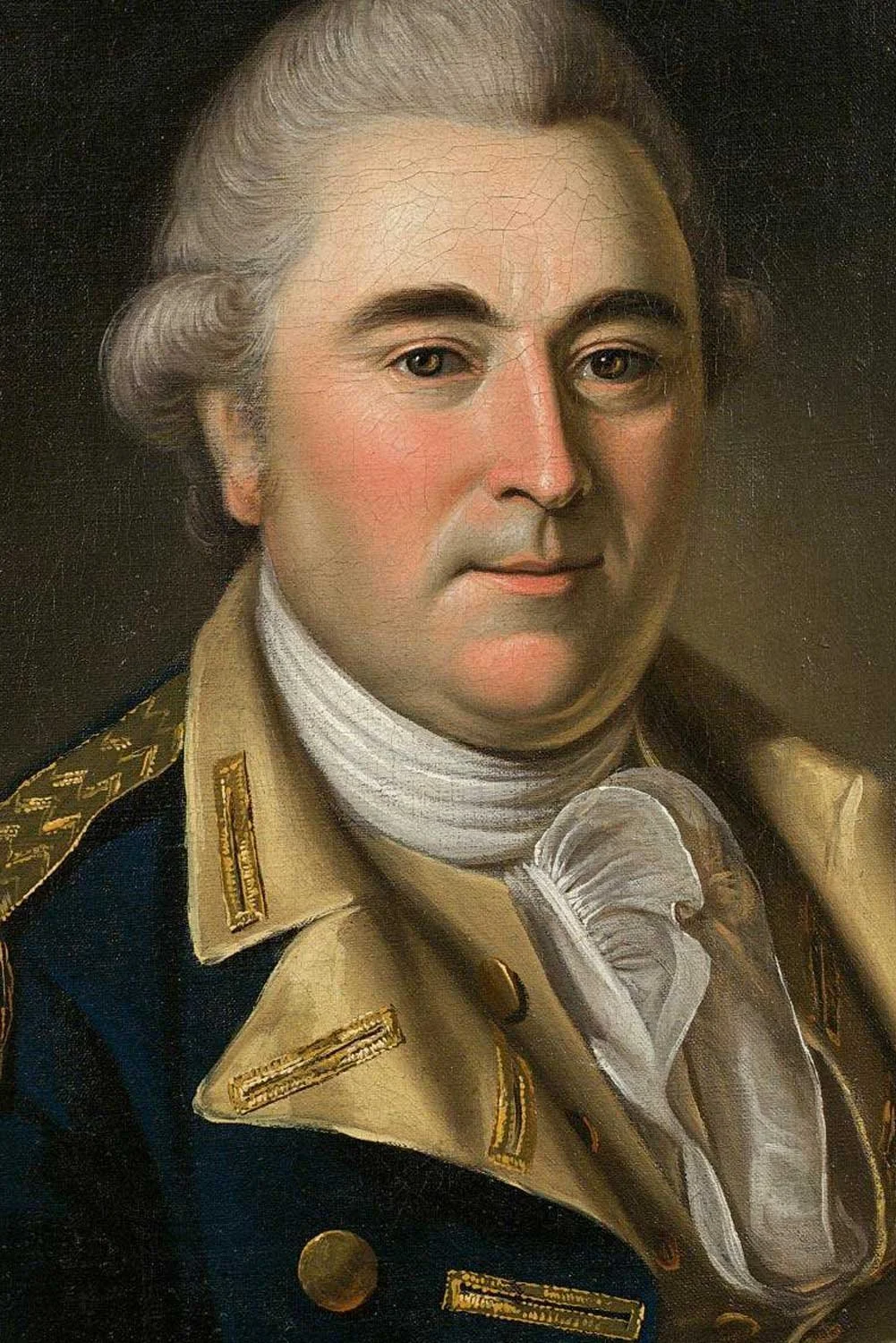



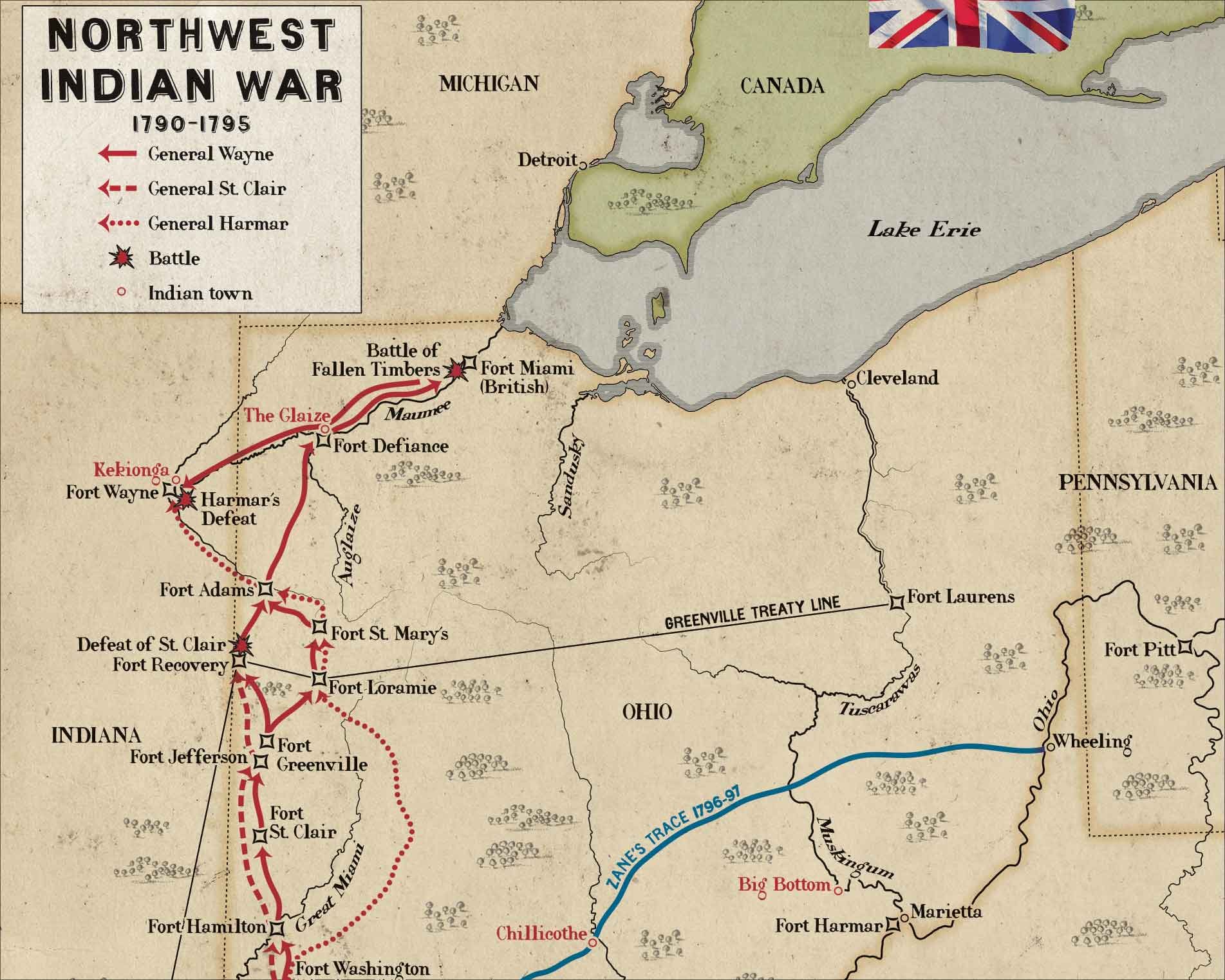
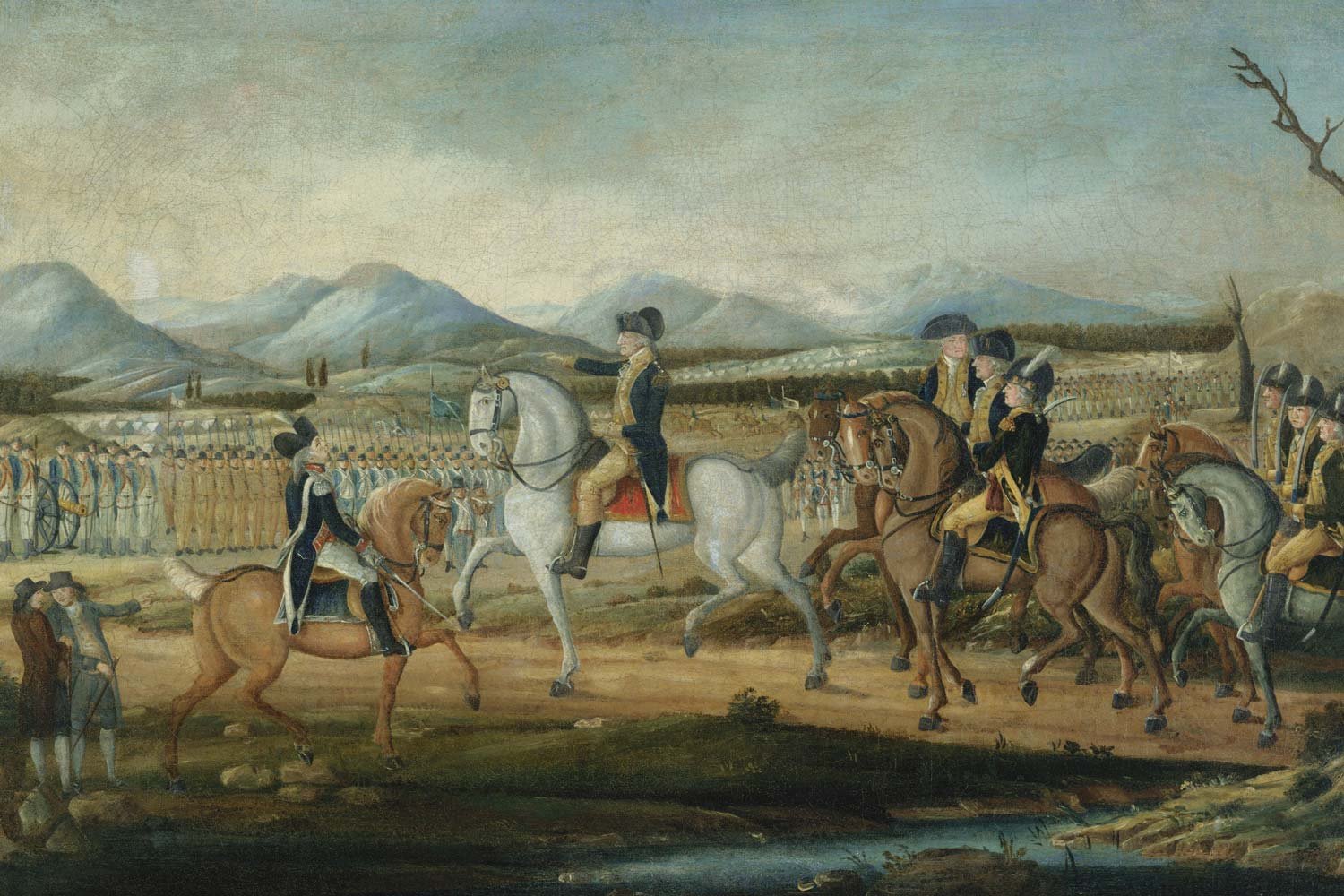
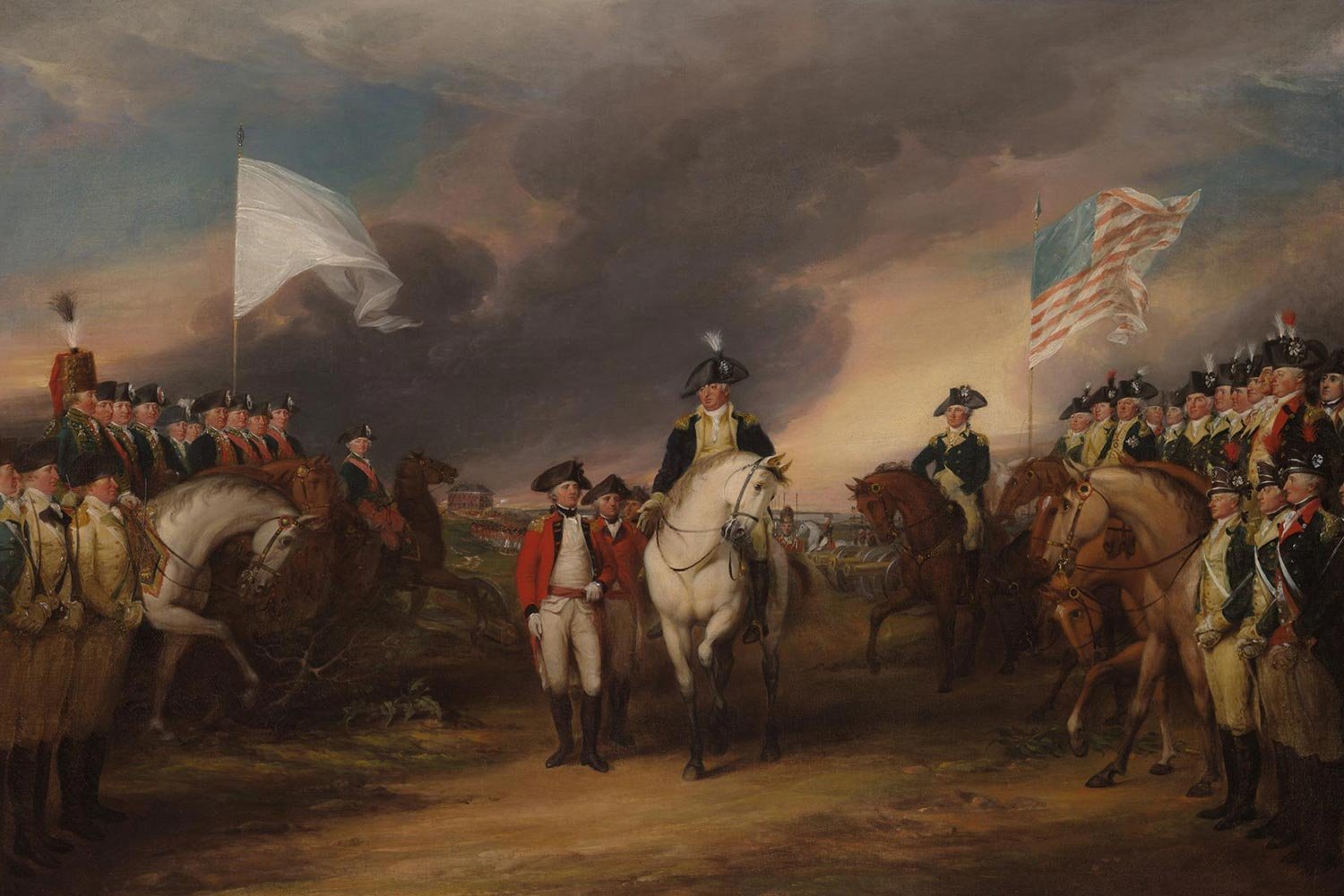
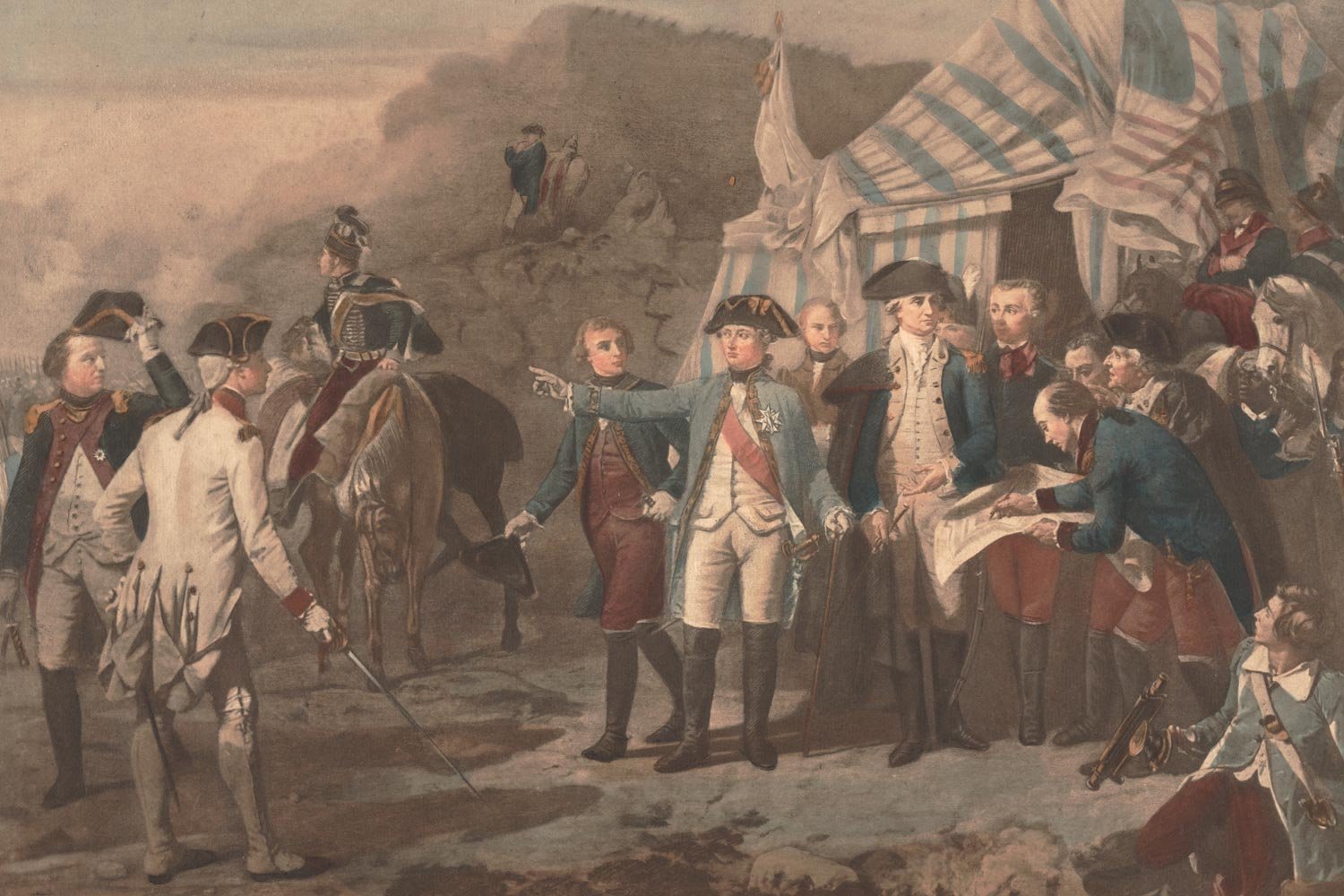
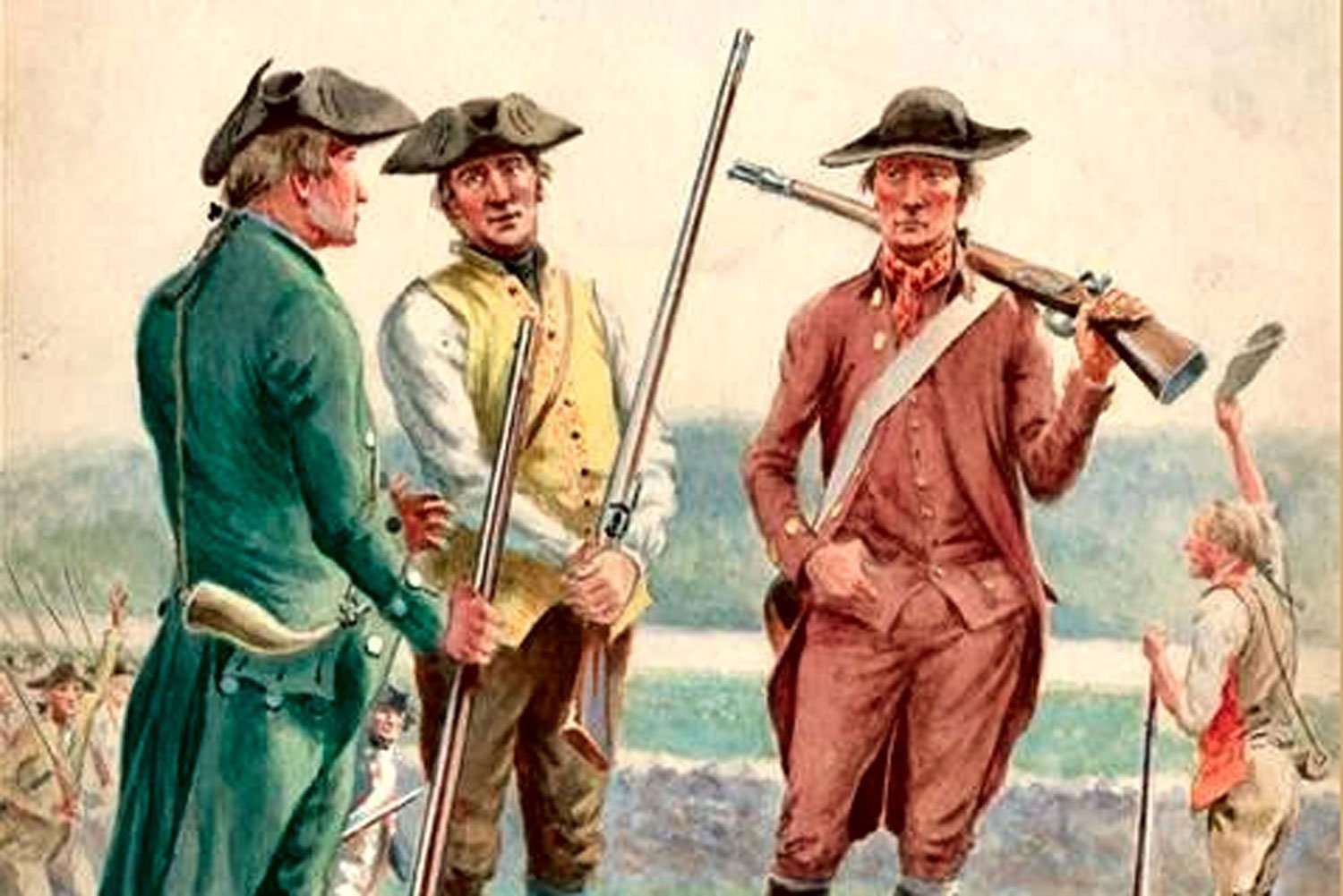
The only fighting in the Quasi-War occurred at sea, and mostly in the Caribbean. But with war at a fever pitch and French interests so close by in Louisiana, there was a very real concern in Congress about a possible French invasion of the United States from the west.